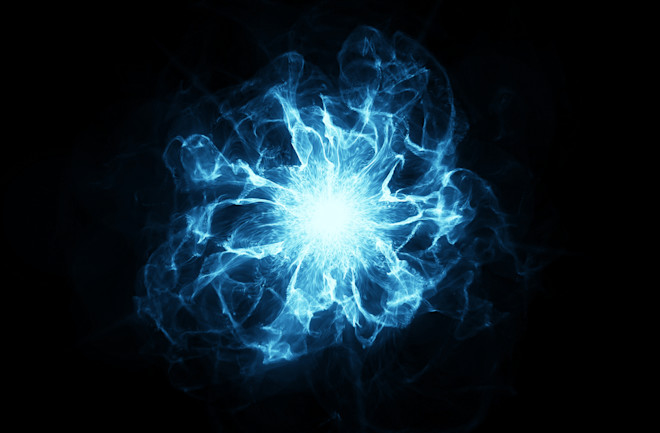The story has been told many times. At the beginning of the 20th century, physics seemed essentially solved. One or two puzzling phenomena like the photoelectric effect and concerns over black body radiation had scientists scratching their heads but a general feeling prevailed that solving these issues would be dotting the i’s and crossing the t’s.
In the event, these seemingly minor problems required an entire revolution for the laws of physics. And the result — quantum theory and relativity — have become cornerstones of modern science and provided the intellectual bedrock for our 21st century world.
That raises an interesting question for young researchers looking for potential revolutions of the future. For them, the question is: what are the most interesting unsolved problems in science today?
Now they have an answer thanks to the work of Suzy Lidstrom at Texas A&M University at College Station who has compiled a set of answers to this question given by some of the planet’s leading thinkers. By asking these researchers — Nobel prize winners and aspiring young researchers among them — whether there will be new physics, she has created a fascinating insight into the “big problems” of physics and into the opportunities, challenges and potential missteps ahead.
Cosmic Mysteries
The paper begins with William Philips, of laser cooling Nobel Prize fame, arguing that the universe promises new physics galore because only about 5 percent of it is visible to us. The properties of the rest, in the form of dark matter and dark energy, are entirely unknown, and so will offer a rich vein of discovery for science.
Gerrard t’Hooft, with an electroweak interaction Nobel Prize under his belt, takes up the baton with the knotty problem of topological phenomenon in physics and its potential for future discovery.
The composition of the galaxy, Solar System, the Earth plus everything that exists on it are determined by the elements produced in some of the most violent processes in the universe — supernovas, the collisions between neutron stars and between black holes. But scientists know little about the way matter behaves in these events so predicting the abundance of elements is hard.
That will begin to change when an experiment called FAIR — the Facility for Antiproton and Ion Research — comes online in 2027, as explained by Karlheinz Langanke, a theoretical nuclear physicist at the Technical University of Darmstadt, in Germany, and one of the driving forces behind its construction.
One refreshing perspective is the iconoclastic view of Jim Baggot who decries an over-obsession in modern physics with topics such as string theory and the multiverse. He points out that discussion on these topics is largely metaphysical because there is little or no experimental evidence to inform thinking. Science would be better served, he suggests, by focusing on solid state physics or quantum information “where new physics is happening all the time”.
Others point to the nature of entanglement and the problem of how the measurement of a quantum state in one part of the universe can instantaneously influence the state of another in a distant region of the universe. Nobody knows how this happens.
And, of course, no discussion of unsolved problems would be complete without asking how the brain works and what approach will help unravel the mysteries of consciousness.
These are truly profound problems that will require partnerships with biologists, linguists, computer scientists, neuroscientists and others. Whether the physics community is well prepared for these kinds of collaborations is left unanswered.
Nature of Information
A fascinating corollary is the discussion of the role of information in the nature of life. One way of thinking about reproduction is as the transmission of biological information from one generation to the next. Lazaro Castanedo and colleagues point out that in the 20th century, engineers led by Claude Shannon developed powerful models for describing the transmission of information from one location to another. They ask whether the specific problems of information transmission in biology might help develop this classical theory of communication even further.
And so on. This is a fascinating paper that sets out many of the biggest problems in physics in a way that largely avoids verbosity and so is easily accessible.
There is another problem that this paper perfectly demonstrates but fails to mention explicitly — the gender bias in physics.
A quick look at the list of authors makes this bias all too clear and Figure 1, showing many of the authors at a meeting in Prague, is an embarrassment of elderly, white men. Shamefully, that’s probably a fair reflection of the state of modern physics.
If the community really has the ambition to take on the mysteries of the universe in all their glory, it will need all the expertise it can get. That means regardless of gender, race and ethnicity.
Ref: The sounds of science a symphony for many instruments and voices part II : arxiv.org/abs/2404.11724

